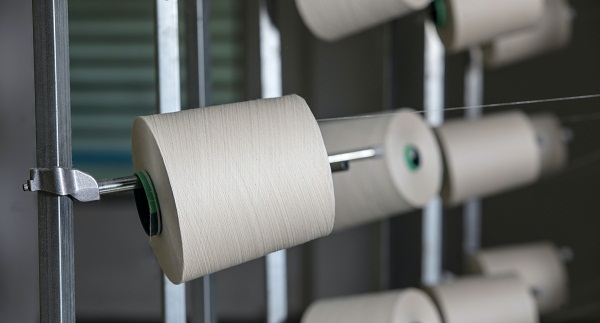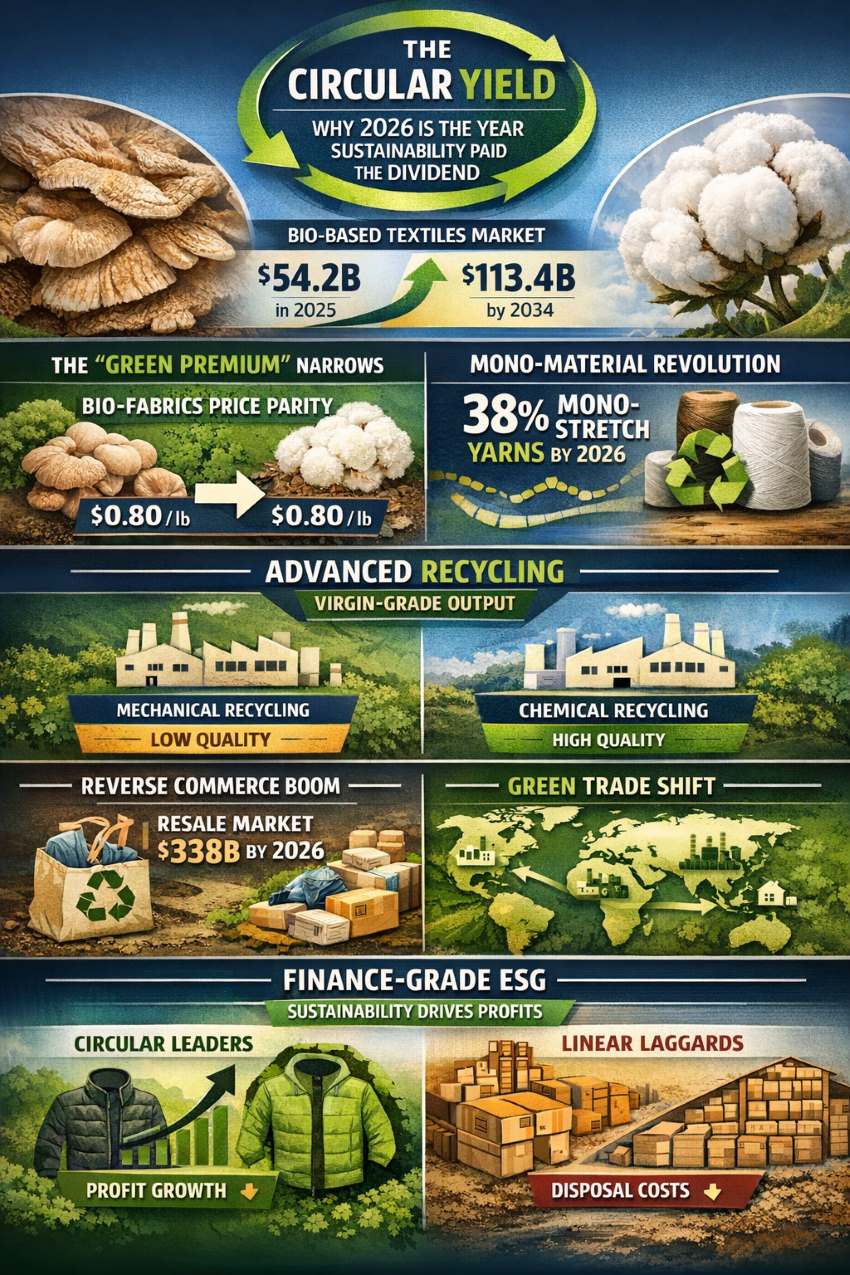
International Institute of Sustainable Development (IISD) published a report recently on the growth of sustainable cotton practices and their pricing, as a part of their Global Market Report on agricultural products. Since 2008, IISD has been tracking the growth of voluntary sustainability standards (VSS)-compliant cotton production and states that this genre of cotton doubles its output every 2.5 years. Vivek Voora, Senior Associate at IISD said in the report “Sustainable cotton is in high demand as customers look to make responsible purchasing decisions and brands use sustainability to differentiate their products in the market.” He goes on to say, most of the demand is coming from Europe and North America. But awareness is rising in big developing and emerging markets that suggests the growth will continue.
This is the news that the industry has received gladly as growth of sustainable cotton translates to addressing issues of water scarcity, soil and water contamination from pesticide effluence and also, poor working conditions. Consumption of VSS-compliant cotton remains concentrated in Europe and North America driven by regulations, consumer preferences, and corporate sustainability commitments.
VSS cotton contributes 26 per cent of total production
The report which tracked the growth of VSS-compliant cotton growing practices worldwide states 92 per cent of this was contributed by key cotton producers in Asia: India, China and Turkey. Africa contributed 4 per cent, mainly from Tanzania, Uganda and Benin. The report states, by 2019, VSS-compliant cotton contributed a 26 per cent of all cotton production worldwide.
However, VSS-compliant production grew at a CAGR of 39 to 40 per cent between 2008 and 2019 but slowed to between 28 and 29 per cent from 2014 to 2019. More than 2.5 million farmers produced 6.24 Mt to 6.46 Mt of VSS-compliant cotton with a farm-gate value of $3 billion to $5 billion. The growth is not only being stimulated by the socially-conscious consumers or Gen Z and millennials but also by commitments of major international brands that offer cotton-based products. H&M, Inditex and IKEA have proven to be the most successful based on their 2020 commitment, whilst the C&A Group, Nike, Marks & Spencer, the Otto Group and Tchibo are also doing well in keeping their promises.
Top cotton brands and companies reported 85 or 720,000 tons, of their cotton was more sustainably sourced (VSS-compliant, in transition, or recycled) in 2020, up 300,000 tonnes from 2017. As per the report, in 2019, the top standards for sustainable cotton were set by Better Cotton, Fairtrade and Cotton Made in Africa.
Sustainable cotton can get 50 per cent higher price
A welcome revelation for the sustainable cotton sector was that the report indicated farmers can fetch up to 50 per cent higher prices for their produce and see a 20 per cent increase in their production compared to conventional cotton farming. Steffany Bermudez, Policy Analyst, IISD explains, “Prices and incomes are important because many smallholder cotton farmers live below the poverty line in developing countries. Now, the pandemic and Russia-Ukraine conflict have forced these struggling farmers to cope with rising input costs, reduced yields, and unpredictable price swings.”
Experts believe VSS price mechanisms in the cotton sector, such as those implemented by Fairtrade, contribute to more transparency in the sector and a better understanding of pricing calculations. However, there are concerns that VSS-compliant cotton still has a limited market and lacks a formalized system to calculate VSS-compliant cotton prices which makes tracking them difficult and can result in a lack of transparency in sales transactions that does not benefit the farmer in the end. It must be noted that government subsidy for cotton growers is a common practice in most cotton-growing nations.
Government subsidies to the cotton sector amounted to $8 billion in 2019-20, of which 84 per cent were from China and the US. In 2019 and 2020, an average 69 per cent of world cotton production was under government assistance or subsidies states IISD Report of 2020.












